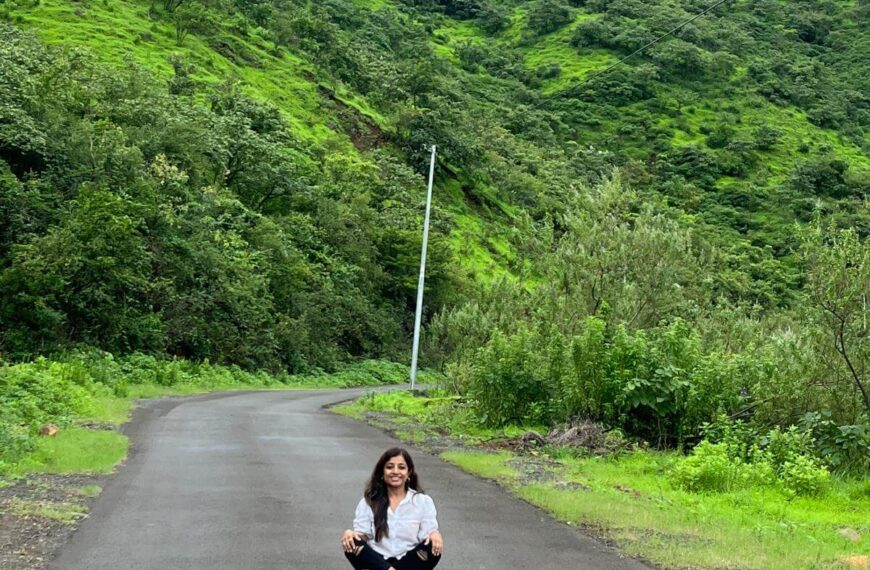Ruchira tells us about Telebhaja or fritters. These are popular snacks among Bengalis. An exclusive for Different Truths.
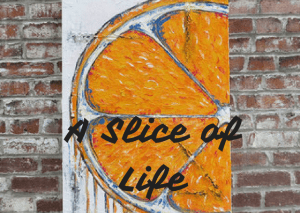 Mention the word telebhaja to any Bengali and he/she is most likely to drool or at least the facial expressions are bound to get highly animated. By the way, I am not talking about the up market fashionable people and the trendy youngsters who consider it beneath their dignity to consume such traditional culinary items. To elaborate, bhaja or fritters are an essential part of a typical Bengali meal; the lentils/ pulses/daal must invariably be accompanied by fritters of some kind or the other. The crispy crunchies are valued more for their taste rather than their latent nutritional content.
Mention the word telebhaja to any Bengali and he/she is most likely to drool or at least the facial expressions are bound to get highly animated. By the way, I am not talking about the up market fashionable people and the trendy youngsters who consider it beneath their dignity to consume such traditional culinary items. To elaborate, bhaja or fritters are an essential part of a typical Bengali meal; the lentils/ pulses/daal must invariably be accompanied by fritters of some kind or the other. The crispy crunchies are valued more for their taste rather than their latent nutritional content.
Gourmands that most Bengalis are, they are known to be perpetually experimenting, improvising and improving upon the immense variety of edible items available around them. That is probably the reason behind the evolution and emergence of the genre familiarly known as telebhaja.
Gourmands that most Bengalis are, they are known to be perpetually experimenting, improvising and improving upon the immense variety of edible items available around them. That is probably the reason behind the evolution and emergence of the genre familiarly known as telebhaja. Etymologically telebhajaimplies tel (oil) and bhaja (fried). However, the most outstanding characteristic of this category is that each item or vegetable must have a generous coating of gram-flour (besan) batter. This is where the distinction lies: the ordinary everyday bhajas comprise vegetable chunks directly fried in oil whereas telebhajas cannot exist without this coating.
The commonest ingredients for telebhaja are the ubiquitous potato followed by brinjal /eggplant, onion and cauliflower. The brinjal ones are better known as beguni, while those with onions are peyanji.
I was visiting my nonagenarian uncle in the capital’s Chittaranjan Park, when his butler served us shiuli patar bada
The list excludes tomato, spinach and paneer (cottage cheese), which go into making pakodas (yes, you’ve guessed it right pakodas are sort of telebhajas too) in the northern parts of the country. Many other off beat veggies and greens are often converted into telebhajas, as I recently discovered. As a matter of fact, I was visiting my nonagenarian uncle in the capital’s Chittaranjan Park, when his butler served us shiuli patar bada (leaves from the tree which produces aromatic Harsingaar blossoms). I found they were crispy and delicious albeit with a tinge of bitterness. My uncle, a retired botanist briefed me about the medicinal properties of the leaves: how they were anti-septic as well as anti-oxidant et al. On another occasion, I was startled to learn how the blossoms of the Moringa (drumsticks) tree often get roped in astelebhajas possibly owing to their medicinal properties. Health plus taste. An important member of this group happens to be Phuluri; containing no veggies these are essentially dollops of gram flour batter deep fried in oil. If eaten hot, they are as good as the rest of their kind.
Now for the consuming part. Telebhajas are ideally paired with fresh puffed rice (murmura/muri) with some plain, roasted peanuts (optional) thrown in. To enhance the taste further try nibbling at a green chili or two (provided you can handle the fiery taste). And I promise you the taste will be nothing short of Paradise! Bengalis are on an average, avid tea drinkers; in case you are one, try washing down your bowl of telebhaja muri with a cup of freshly brewed tea. Given the warm humid (tropical) climate of Bengal, where the sun sets pretty early too, telebhajas are best eaten around dusk or twilight hours. During monsoon, someday, after work, if you get thoroughly drenched by a sudden downpour, hurry home, change into dry clothes and then dig into those scrumptious, delicious telebhajas (ask your spouse to dish up some or else order from the shop nearby). The piping hot stuff will warm you up and uplift your spirits.
Bon Appétit!
Photo from the Internet

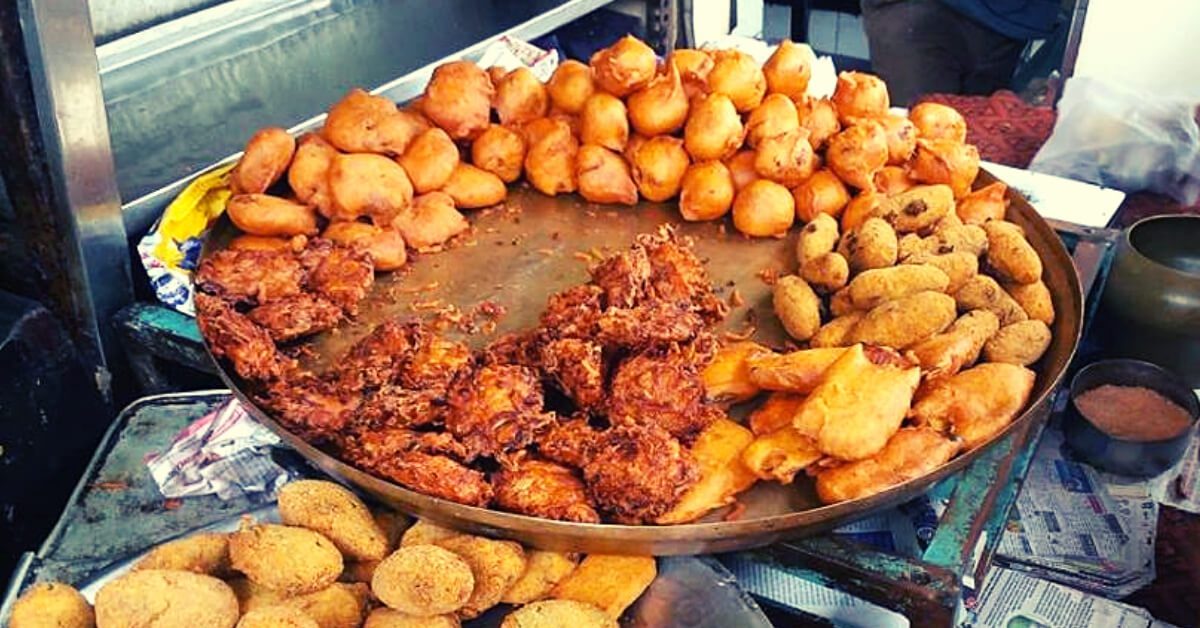

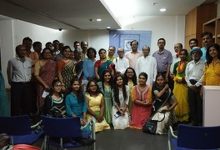
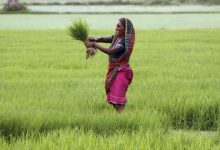
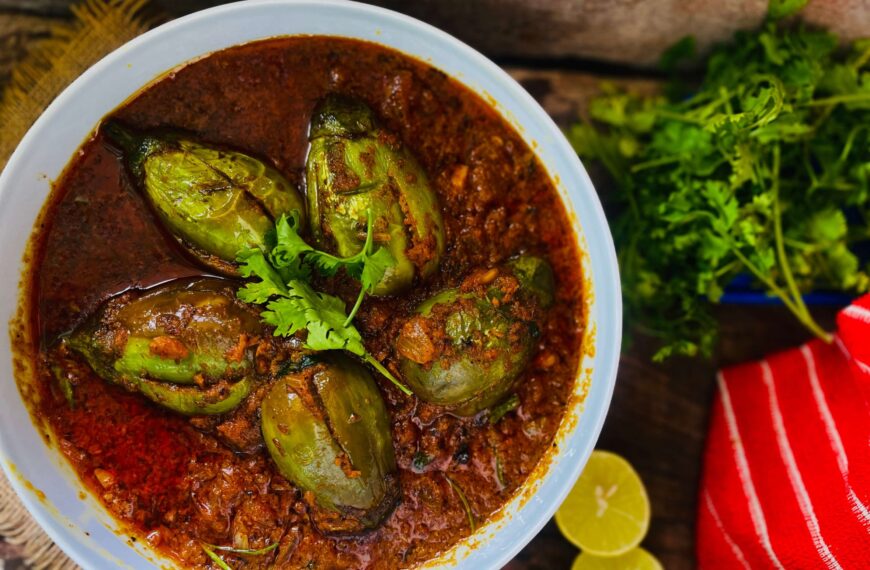

 By
By